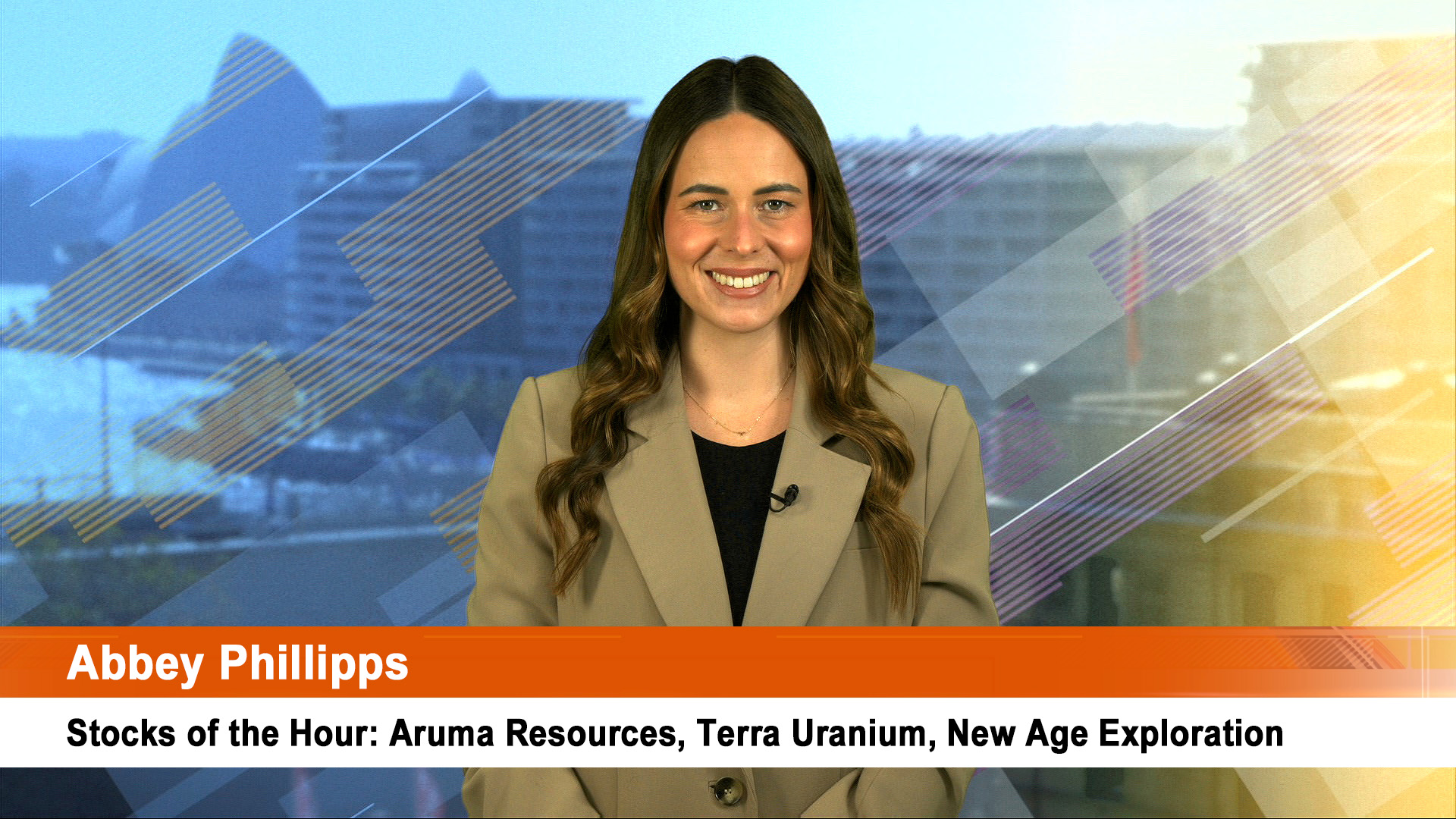It looks almost certain that the European Central Bank will join the US Fed, Bank of England and the Bank of Japan in revealing some extraordinary policy changes to try and boost the weaker eurozone economy, after its meeting tomorrow night, our time.
A shock slide in inflation to an annual rate of 0.5% in the early report for May has seen forecasters unanimously predict the Eurozone’s central bank will be forced to take some radical steps to try and stave off the continuing disinflationary slide into deflation.
Inflation fell from 0.7% in April to 0.5% in may. Core inflation dipped from 1% to 0.7% in a further worry.
The ECB has an inflation target of 2%, but inflation has been under that now for months, and falling.
Eurozone inflation disappearing

Markets around the world, conditioned by the impact of the tapering of its easing in the US by the Fed and the Bank of Japan’s continuing huge spending program, are worried the ECB could trigger more disruption by any easing moves of its own.
Certainly its doubtful that the Fed will be able to boost inflation in the short term – the Fed’s easing has had no impact on prices and the Bank of Japan’s did at the start, but the rise in inflation seems to have slowed.
Fears of a disruption to sharemarkets in particular have been one of the drivers of the fall in the yields on key government bonds around the world in the past month or so as investors sought safety and security (and high yields).
But at the same time sharemarkets have also hit a series of highs in the US and Europe in the past month (but not in Japan or Australia) as investors also want the cheap money to keep flowing so they can enjoy the moderate conditions, low interest rates and boom-like conditions.
It is one of the reasons why our dollar has been kept at current levels (around 92.60 US cents this morning), when it should be under 85 cents, after the rapid and sharp fall in iron ore prices in the past six weeks.
Reserve Bank governor Glenn Stevens pointed out the stretched nature of the dollar’s value (in relation to the fall in commodity prices and our terms of trade) in his post meeting statement yesterday after the central bank left its key rate on hold.
The big concern is that the obvious economic recovery across the eurozone is not having any impact on cost pressures, such is the impact of excess capacity and an unemployment rate of 11.7% (down from April’s 11.8%), across the zone.
The jobless rate remains well above 20% in Spain and Greece, and was 12.6% in Italy. In Germany and Austria it was around 5%.
These measures could include cutting its key interest rate (like the RBA’s cash rate) to 0.15% pr lower and introducing negative interest rates on deposits held at the bank by commercial banks across the zone.
These measures would be done to try and force banks to lend more money to small and medium businesses.
Eurozone unemployment

Analysts said they don’t expect the ECB to follow the Fed and the Bank of Japan and start buying bonds (its much more difficult for the ECB to do that in the 18 country eurozone).
What is worrying economists in Europe is that German inflation fell to 0.6% in the month – a real shock given that the German economy is one of the strongest in the world and should be generating price growth, even if its moderate. It isn’t and signs of disinflation are appearing in the core economy of Europe,
The inflation news saw European markets sell off overnight – after Asian markets were mostly higher – with the exception of Australia where the ASX 200 fell 39 points in a rather odd drop.
Wall Street this morning closed lower this morning, falling from intra day highs, so our market will start uncertainly this morning, according to the share price futures contract.
That’s almost a rerun of yesterday when an opening rise became a drop which deepened across the rest of the trading day.
Solid local economic data and figures from China on manufacturing and services failed to halt the slide here.
Both should have steadied the nerves of local investors, as should the rate decision from the RBA.
So the big test here today or the local market and investors will be to take the market higher after yesterday’s inexplicable sell off.
It was the biggest drop in almost a month as the ASX 200 Index and the All Ordinaries Index each lost 0.7% to end at 5479.7 and 5460.5, respectively.













